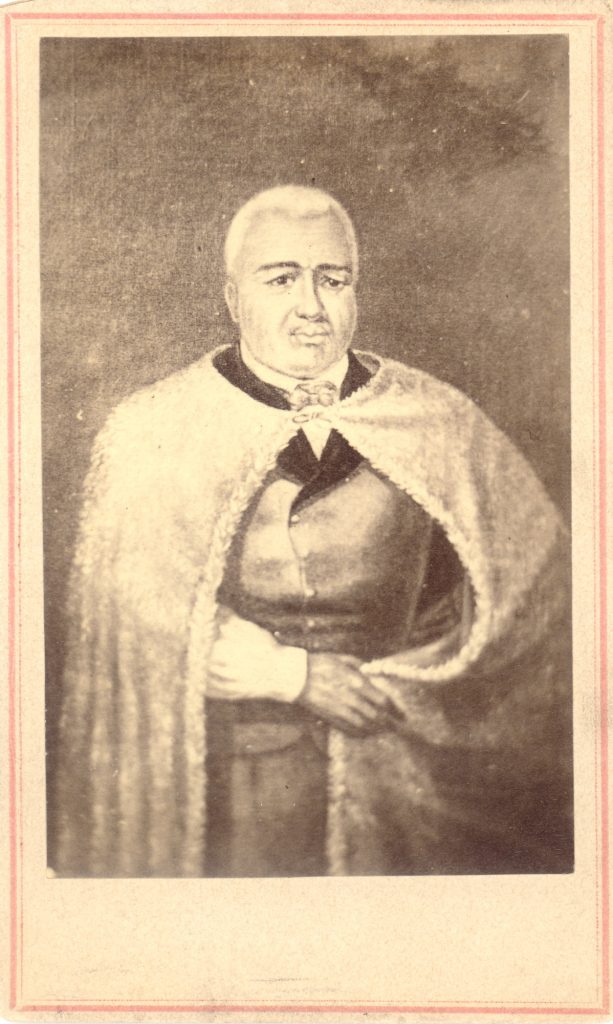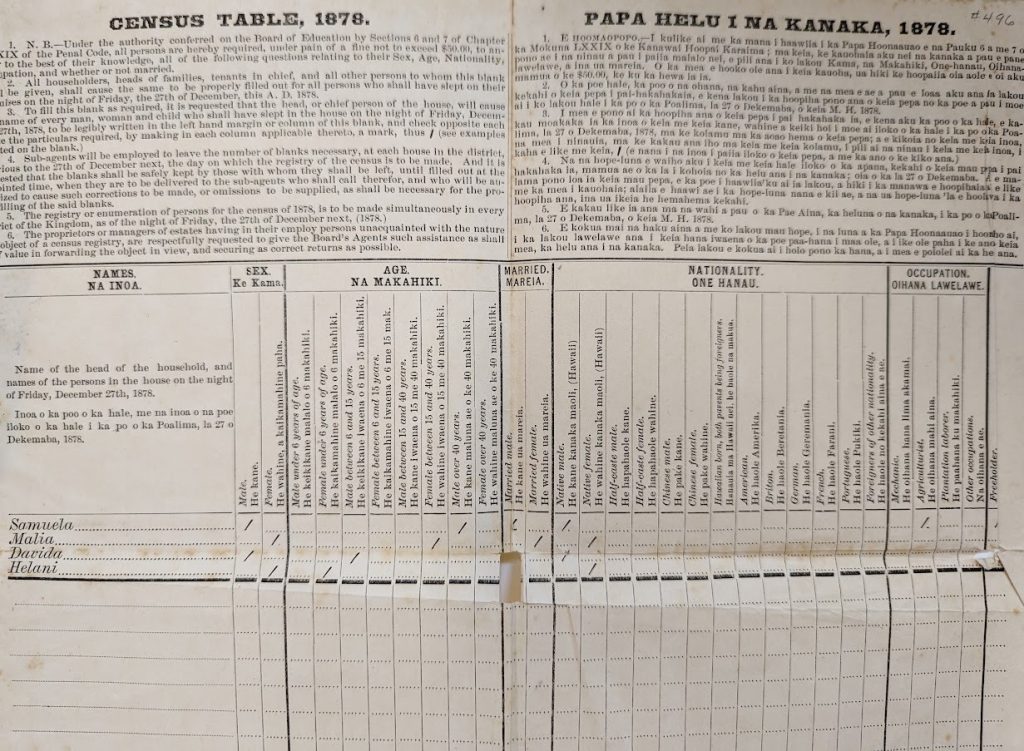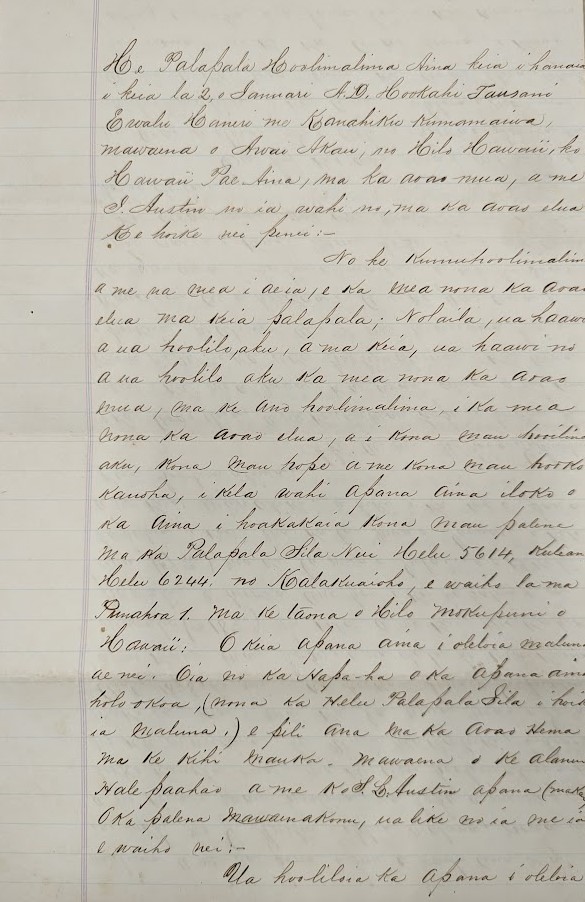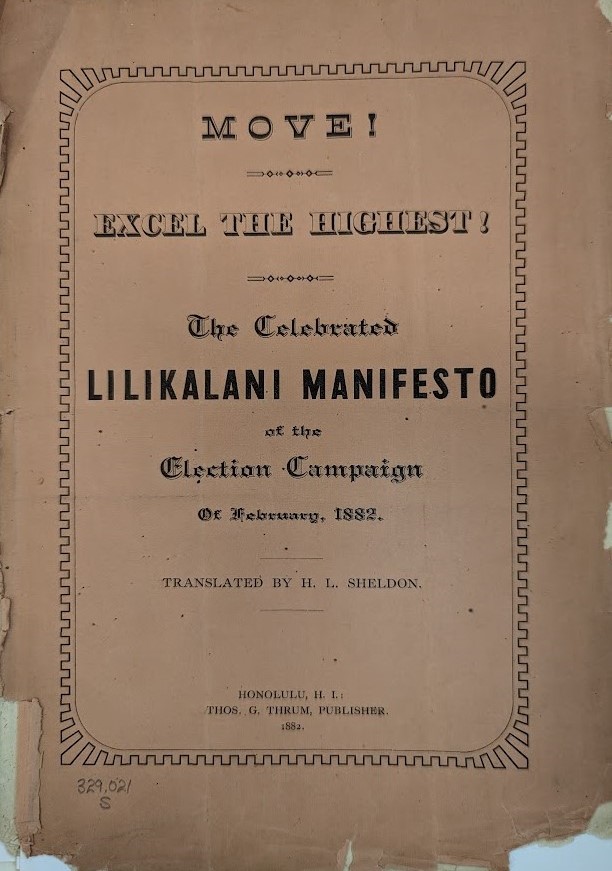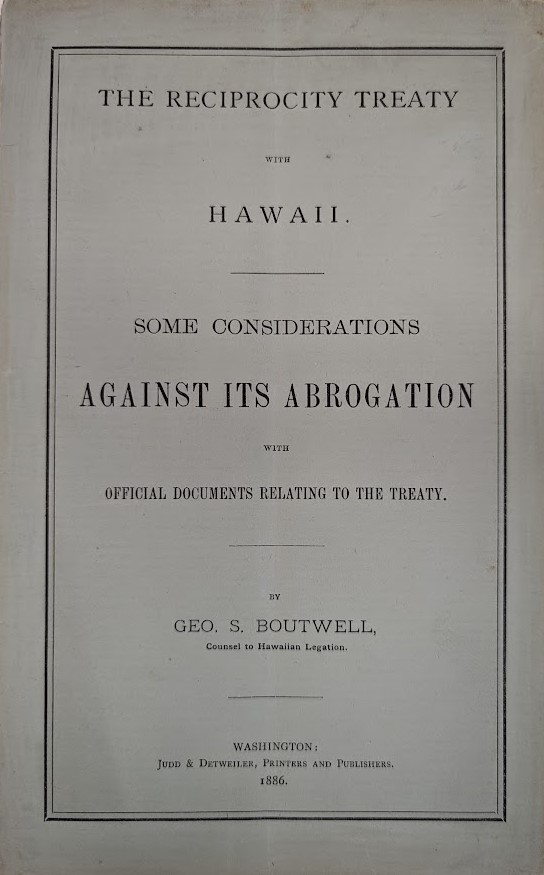The University of Hawaiʻi at Mānoa’s Hawaiʻinuiākea School of Hawaiian Knowledge, in collaboration with the Hawaiʻi Ponoʻī Coalition, initiated the first Hawaiian History Month in 2020. The month marks Queen Liliʻūokalani’s birthday on September 2 and explores various aspects of Hawaiian history.
The rule of Kamehameha I began on the independent island of Hawaiʻi, before he and his warriors conquered the islands of Oʻahu, Maui, Molokai and Lānaʻi. In 1810, Kaumualiʻi, the chief of Kauaʻi and Niʻihau, acknowledged the authority of Kamehameha and for the first time the whole Hawaiian archipelago had a unified government, Ke Aupuni Hawai‘i. Kamehameha III created a constitutional government in 1843, the same year France and Britain officially recognized Hawaiʻi’s independence. Eight monarchs and two dynastic families, the House of Kamehameha and the House of Kalākaua, ruled the Kingdom during the period 1810 to 1893.
The following documents, preserved at the Lyman Museum, relate to topics of the Kingdom era. To learn more, the Archives is open for research by appointment: https://lymanmuseum.org/archives/.
Note: Hawaiian diacritical marks comprise just two symbols: the ʻokina (glottal stop) and the kahakō (macron). We use them with Hawaiian place names, but do not add them to proper names if a family or a company does not use them.
